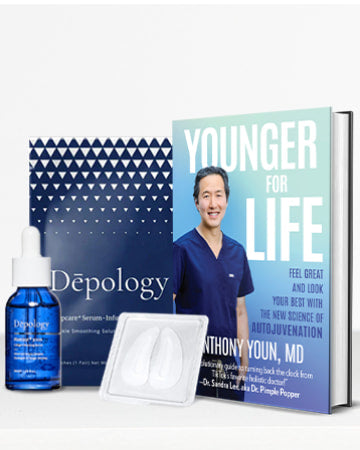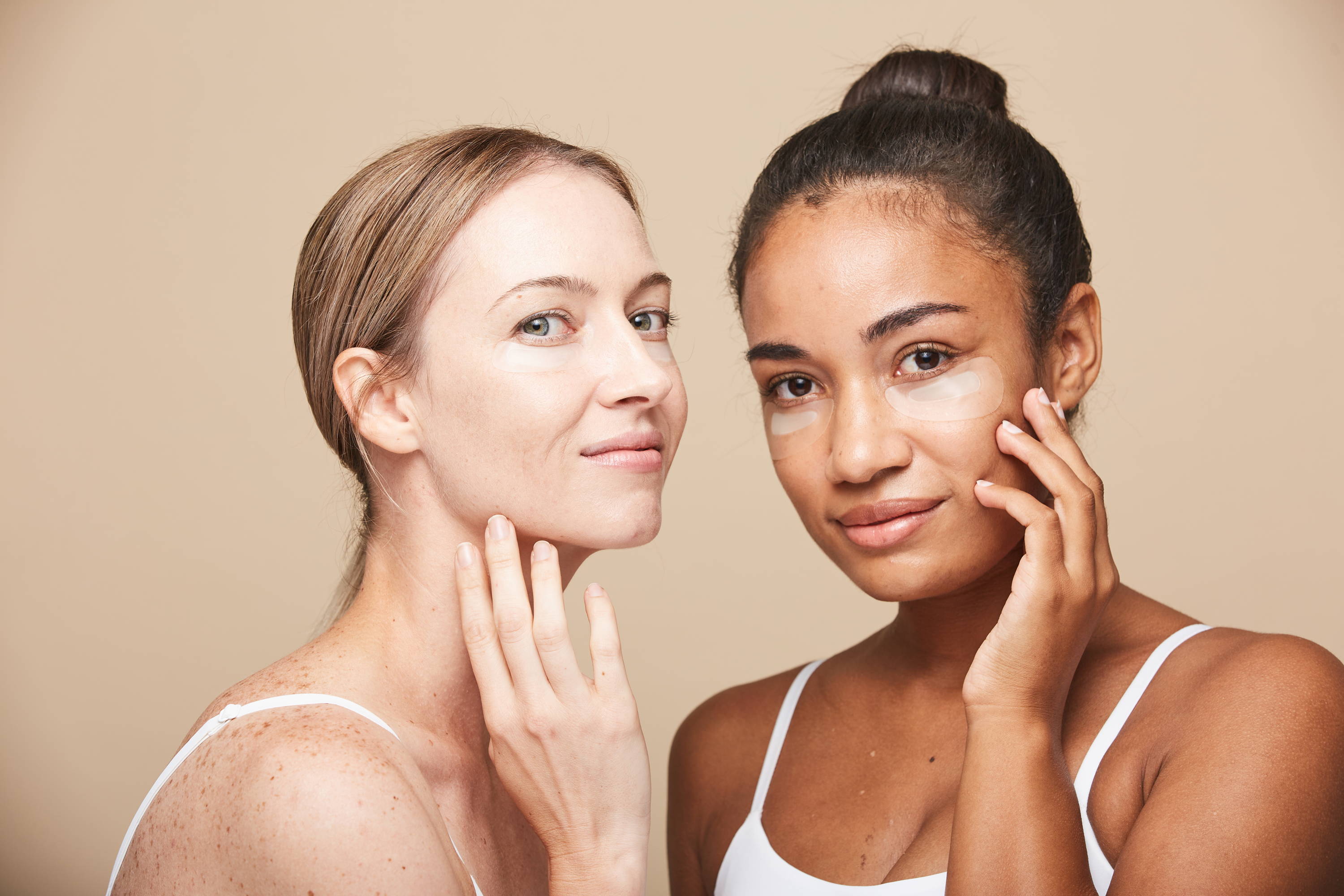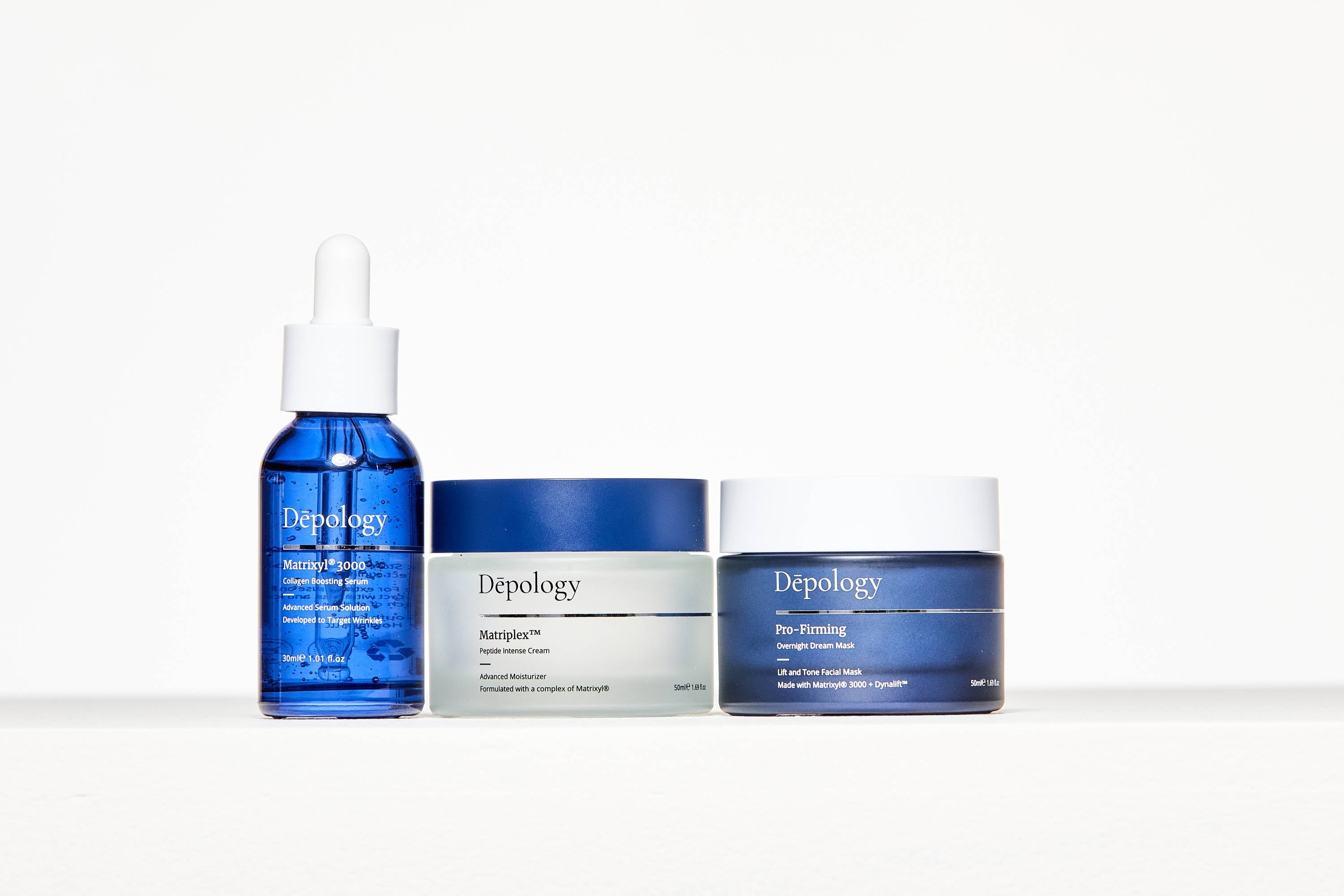
Melasma vs. Hyperpigmentation: Differences & Treatments
Dealing with skin discolorations can be confusing and, at times, overwhelming. When determining which type of discoloration you are dealing with and how to treat it, it's essential to have all of the facts. Melasma and hyperpigmentation are common forms of discoloration, but there are subtle differences between the two. In this post, we'll explain the differences between melasma and hyperpigmentation and discuss treatments and skincare products that can help reduce them. So let's take a closer look at melasma vs. hyperpigmentation so you can determine the best way to care for your skin and achieve a more even skin tone.
What Is Hyperpigmentation?
Hyperpigmentation is the darkening of an area of the skin due to excess melanin production, which is responsible for the pigment in the skin. Excess sun exposure, hormonal changes, and exposure to certain chemicals can cause hyperpigmentation. It can occur on any part of the body, but it is commonly found on areas that are exposed to sun, such as the face, neck, forearms, and shoulders.
What Is Melasma?
Melasma is a common skin condition characterized by areas of brown to gray-brown patches most commonly found on different parts of the face, such as the forehead, nose, cheeks, and chin. Melasma is actually one of the main types of hyperpigmentation, along with sunspots and post-inflammatory hyperpigmentation. However, unlike sunspots, which are caused by sun exposure, and post-inflammatory hyperpigmentation, which occurs after inflammation, melasma is primarily caused by hormonal changes.
Melasma is most common in women, especially those with darker skin tones or those experiencing hormonal changes during pregnancy or when taking birth control. Genetics can also play a role in the development of melasma.
How To Treat Hyperpigmentation
When it comes to treating hyperpigmentation, the most effective way is to try to prevent it by avoiding excess sun exposure and using sunscreen or other sun protection methods. If hyperpigmentation already exists, there are many treatments available, depending on its cause:
- Melasma: For melasma, topical treatments that include hydroquinone, arbutin, kojic acid, licorice extract, Vitamin C, retinoids, or niacinamide can be effective. These ingredients help inhibit tyrosinase, which slows down melanin production. For more extreme cases, microdermabrasion, laser treatments, chemical peels, and diets rich in antioxidants can help reduce melasma.
- Sunspots: For hyperpigmentation caused by sun exposure, topical treatments and professional treatments like microdermabrasion also help to reduce dark spots. However, the most important thing is to wear sunscreen with at least SPF 30 every day to prevent sun damage, which causes hyperpigmentation and premature aging.
- Post-Inflammatory Hyperpigmentation: Topical treatments are also useful to help reduce hyperpigmentation that occurs after an injury or inflammation.
All of these treatments can help even out the skin tone and make hyperpigmentation less visible, but it is important to note that they may not produce results overnight. Topical treatments can take weeks to months to take effect, so if you are looking for instant results, you should consult a dermatologist to find the best treatment for you.
Best Topical Treatments For Hyperpigmentation
As mentioned above, hydroquinone, arbutin, kojic acid, licorice extract, Vitamin C, retinoids, or niacinamide help to slow down the excess melanin production that causes hyperpigmentation. If you are aiming for a more even skin tone, look for skincare products that contain these ingredients. We've compiled a list of the best skincare products from Dēpology that are designed to reduce hyperpigmentation and melasma.
1. Dark Spot Correcting N.A.T. Serum
The Dēpology Dark Spot Correcting N.A.T. Serum contains niacinamide, arbutin, and tranexamic acid, which all work together to slow melanin production and create a brighter, more even complexion. It also includes green tea, which naturally reduces inflammation, also preventing post-inflammatory hyperpigmentation. This serum can be used daily in the morning and at night, depending on your skin's needs.
2. Serum-Infused Brightening Micro Dart Patches
Dēpology's Serum-Infused Brightening Micro Dart Patches use microneedle technology to deliver niacinamide and Vitamin C directly into the skin. They come in a convenient patch form so that you can spot-treat areas that are experiencing hyperpigmentation. They also contain hyaluronic acid and glycerin, which help to hydrate the skin and reduce visible signs of aging.
3. Anti-Aging Retinol Night Cream
The Dēpology Anti-Aging Retinol Night Cream contains retinol and niacinamide to reduce hyperpigmentation, while hydrolyzed collagen and sodium hyaluronate hydrate and firm the skin to reduce the appearance of wrinkles and fine lines. You can use this cream at the end of the day to lock in moisture overnight.
4. Daily Glow Exfoliant Boosting Toner
The Dēpology Daily Glow Exfoliant Boosting Toner exfoliates the skin with PHAs, chemical exfoliants that help remove dead skin cells and brings new, hyperpigmentation-free skin cells to the surface. You can use this product during your morning routine. Just be sure to follow it up with sunscreen since exfoliation can make your skin more susceptible to the sun.
5. Cica Redness Relief Nourishing Cleanser
Dēpology's Cica Redness Relief Nourishing Cleanser includes cica and licorice, which are both known to reduce inflammation that causes hyperpigmentation. Ceramides and hyaluronic acid are also included to provide moisture and strengthen the skin's protective barrier. You can use this cleanser every day for the best results.
The Final Verdict
Hyperpigmentation and, more specifically, melasma are common forms of skin discolorations that can be treated through topical or professional treatments. Understanding the differences between types of hyperpigmentation is the first step in treating them properly. While there are numerous treatments available, preventive measures like avoiding sun exposure and using sunscreen are essential for reducing the risk of developing any type of hyperpigmentation. The most successful treatment plans are those that are consistent, tailored to your skin's needs, and adapted over time as your skin changes. With the right care, you can achieve a brighter, more even complexion.













